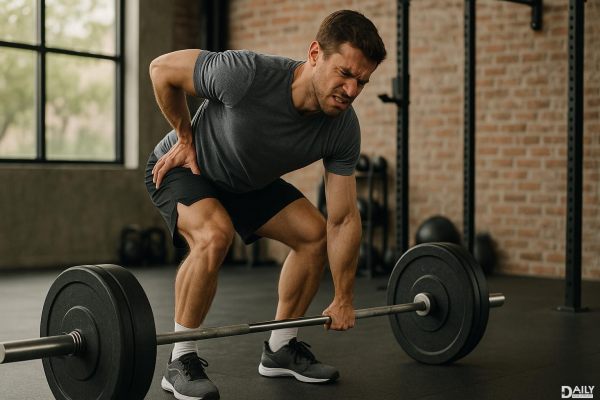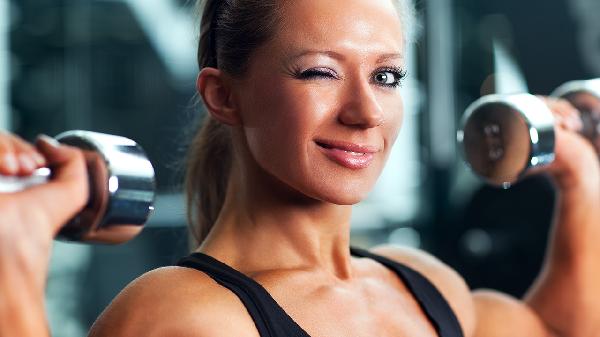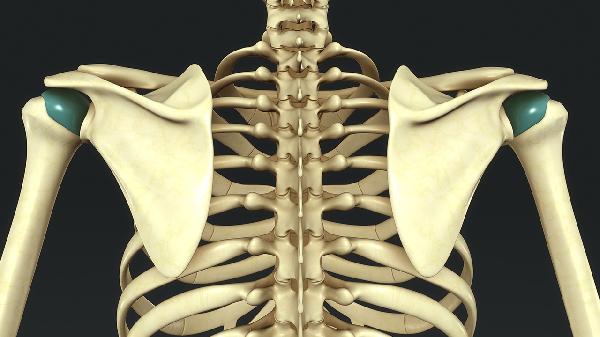If you've ever found yourself staring at a class schedule wondering whether to sign up for yoga or Pilates, you're not alone. At first glance, these two practices might seem nearly identical—both involve controlled movements, focus on breathwork, and promise improved flexibility and strength. But dig a little deeper, and you'll discover they're as different as apples and oranges (or should we say, downward dogs and hundred exercises?). While they share some overlapping benefits, their origins, philosophies, and physical approaches set them apart in ways that might surprise you.
The Origins: A Tale of Two Timelines
Pilates is the new kid on the block compared to yoga. Born in the 1920s, Joseph Pilates developed his method as a rehabilitation tool for injured soldiers during World War I. His system, originally called "Contrology," was designed to strengthen the body through precise, controlled movements—especially targeting core stability and spinal alignment. When he and his wife Clara opened their New York studio, dancers flocked to it, drawn by its ability to enhance performance while preventing injuries. The equipment he invented—like the Reformer and Cadillac—are still staples in Pilates studios today.
Yoga, on the other hand, has roots stretching back thousands of years. While modern Western yoga often emphasizes physical postures (asanas), its origins are deeply spiritual. Ancient yogic texts like the Yoga Sutras of Patanjali outline an eight-limbed path that includes ethical principles, breath control, meditation, and ultimately, enlightenment. The physical practice we associate with yoga today is just one small piece of a much larger philosophical system. Interestingly, some historians trace early forms of yoga to ancient Egypt (Kemetic yoga), while the more familiar Hatha yoga emerged in India as a way to prepare the body for long periods of meditation.
Mindset Matters: Fitness vs. Philosophy
Here’s where things get really interesting. Pilates is primarily a physical conditioning method—think of it as strength training with a side of mindfulness. The focus is on building a balanced, functional body with particular attention to core strength, posture, and alignment. While practitioners often report mental benefits like reduced stress, the system wasn’t designed as a spiritual practice. As Alexa Idama puts it, "Pilates aims to promote strength and balance in the body," full stop.
Yoga takes a broader approach. The word "yoga" itself means "to yoke" or unite—referring to the connection between mind, body, and spirit. Even in vigorous styles like Vinyasa or Ashtanga, the poses are meant to be moving meditations, with breath linking each transition. Off the mat, yoga philosophy encourages principles like non-violence (ahimsa), truthfulness (satya), and contentment (santosha). As Camai Brandenberg notes, modern studio classes mostly focus on asana (the physical postures), but traditional yoga encompasses meditation, breathwork, and ethical living—it’s a lifestyle, not just a workout.
Breaking Down the Movements
In a Pilates session, expect precise, repetitive movements that target specific muscle groups—especially the often-neglected "posterior chain" (hello, glutes and hamstrings!). Exercises like the Hundred or Teaser fire up the core, while equipment-based work (like the Reformer) adds resistance to build lean muscle. The pace is controlled, with an emphasis on quality over quantity. You might hold a position or perform small, pulsing movements to fatigue the muscles without straining joints.
Yoga flows, by contrast, connect poses fluidly, synchronized with breath. In a Vinyasa class, you’ll move from Plank to Chaturanga to Upward-Facing Dog in one seamless sequence. Styles vary widely: Restorative yoga uses props to support passive stretching, while Power Yoga turns up the heat with athletic sequences. Unlike Pilates’ repetition, yoga encourages exploration—holding poses to build endurance or flowing dynamically to elevate the heart rate. Arm balances and inversions challenge both strength and focus, while Savasana (final relaxation) provides space for integration.
Shared Benefits, Different Paths
Both practices deliver serious perks: better posture, increased flexibility, and reduced back pain top the list. Pilates shines in rehab settings—its focus on spinal alignment makes it a go-to for injury recovery. Dancers and athletes love it for building balanced strength without bulk. Yoga, meanwhile, offers cardiovascular benefits in faster-paced styles, while gentler forms reduce stress hormones like cortisol. Studies suggest yoga may lower blood pressure and improve sleep, thanks to its parasympathetic-nervous-system-soothing effects.
Mentally, each has unique strengths. Pilates’ precise cues ("zip up your abs," "articulate your spine") cultivate body awareness that translates to everyday movement. Yoga’s meditative aspects—whether through chanting, breathwork, or stillness—can enhance emotional resilience. As Brandenberg notes, both use breath to calm the mind, but yoga explicitly ties this to spiritual growth.
So… Which One’s Right for You?
Good news: you don’t have to choose! Many yogis find Pilates deepens their core engagement, while Pilates devotees appreciate yoga’s flexibility gains. For a balanced routine, Idama suggests pairing Pilates’ strength work with yoga’s mobility focus. Beginners might start with mat Pilates or Hatha yoga to master fundamentals, while athletes could layer in Reformer sessions or Power Yoga for intensity.
Ultimately, let your goals guide you. Craving laser-focused core work and posture tweaks? Pilates. Seeking stress relief plus a side of philosophy? Yoga. Or mix both—your body (and mind) will thank you. Just remember: progress trumps perfection. Whether you’re nailing your first Roll-Up or finally touching your toes, the real magic happens when you show up consistently. Now, roll out your mat—or hop on the Reformer—and enjoy the ride.
























